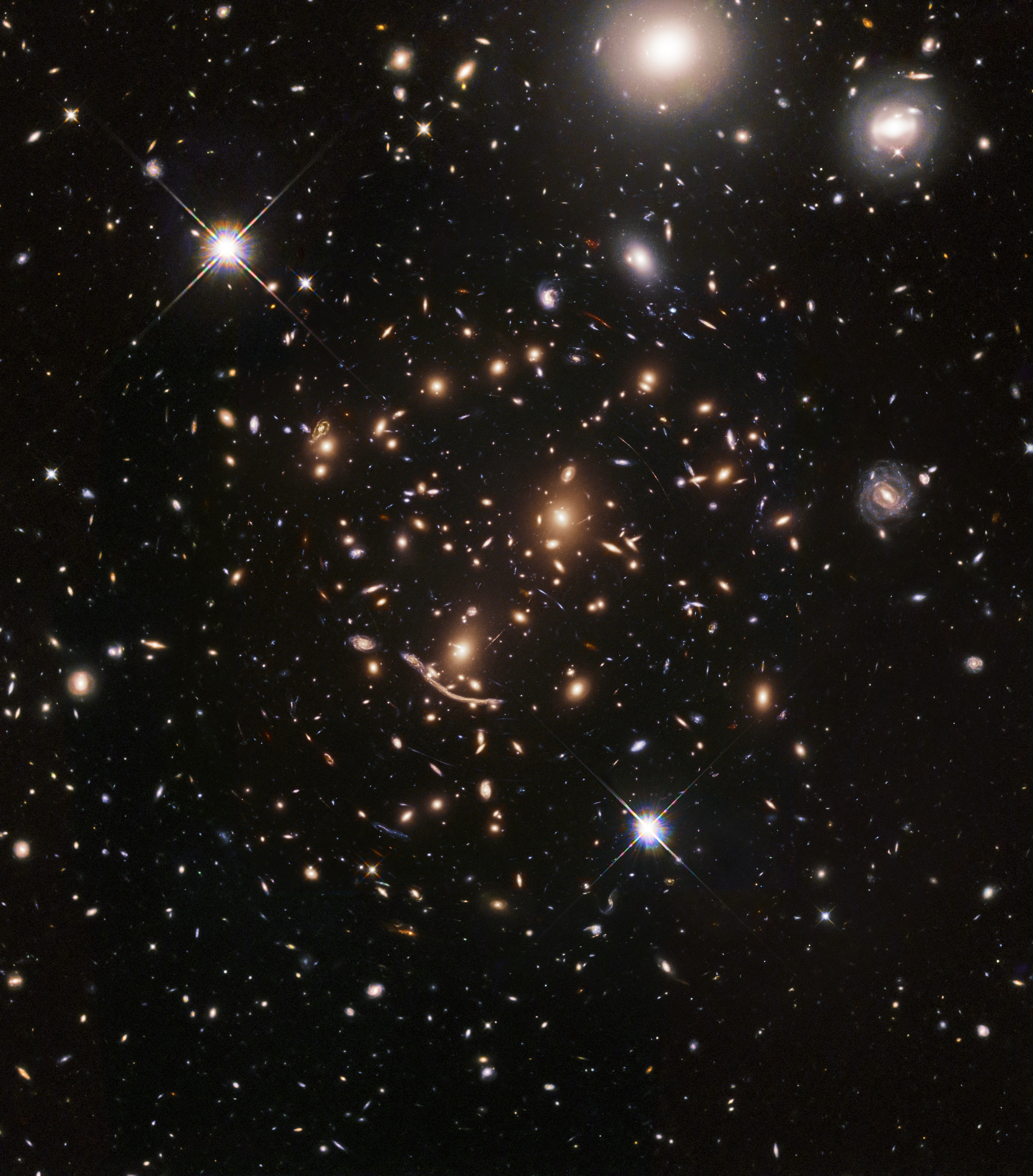I am co-PI of BUFFALO (Beyond Ultra-deep Frontier Fields And Legacy Observations), an astronomical survey built around the six Hubble Space Telescope (HST) Frontier Fields clusters designed to learn about early galactic assembly and clustering and prepare targets for observations with the James Webb Space Telescope. BUFFALO will place significant new constraints on how and when the most massive and luminous galaxies in the universe formed and how early galaxy formation is linked to dark matter assembly. The same data will also probe the temperature and cross section of dark matter in the massive Frontier Fields galaxy clusters, and tell us how the dark matter, cluster gas, and dynamics of the clusters influence the galaxies in and around them. These important studies are possible because the Spitzer Space Telescope, Chandra X-ray Observatory, and ground based telescopes have already invested heavily in deep observations around the Frontier Fields, so that the addition of HST observations can yield significant new results. Our international team of nearly 100 astronomers from 13 countries includes experts in theory, simulation, and observations of early galactic evolution, gravitational lensing, and supernovae.
Key Recent Papers
- Steinhardt et al. 2020, “The BUFFALO HST Survey”
- Gonzalez et al. 2020, “Setting the scene for BUFFALO: a study of the matter distribution in the HFF galaxy cluster MACS J0416.1-2403 and its parallel field”
More Information
BUFFALO is an open collaboration, and we welcome researchers who have something to contribute or would like to work with our dataset. For more information, please visit the BUFFALO website.

